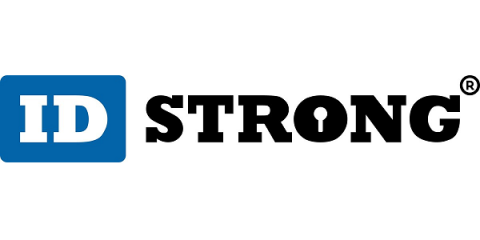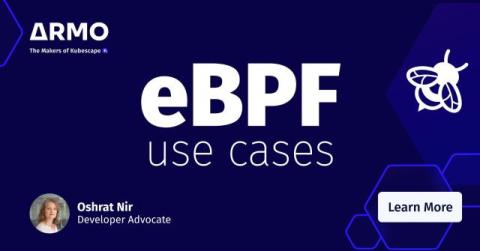Watering Hole Attacks: What They Are and How to Prevent Them
Hackers often lurk around the most popular websites, looking for ways to exploit users. These sites include ticket purchasing, travel, e-commerce, and banking. Watering hole attacks continue to become a genuine threat to any user who frequently visits popular sites.”Hackers use malware, browser exploits, and DNS poison to lure users into exposing their login credentials or clicking on a malicious link.” Has a watering hole attack compromised your credentials, email, or phone?










